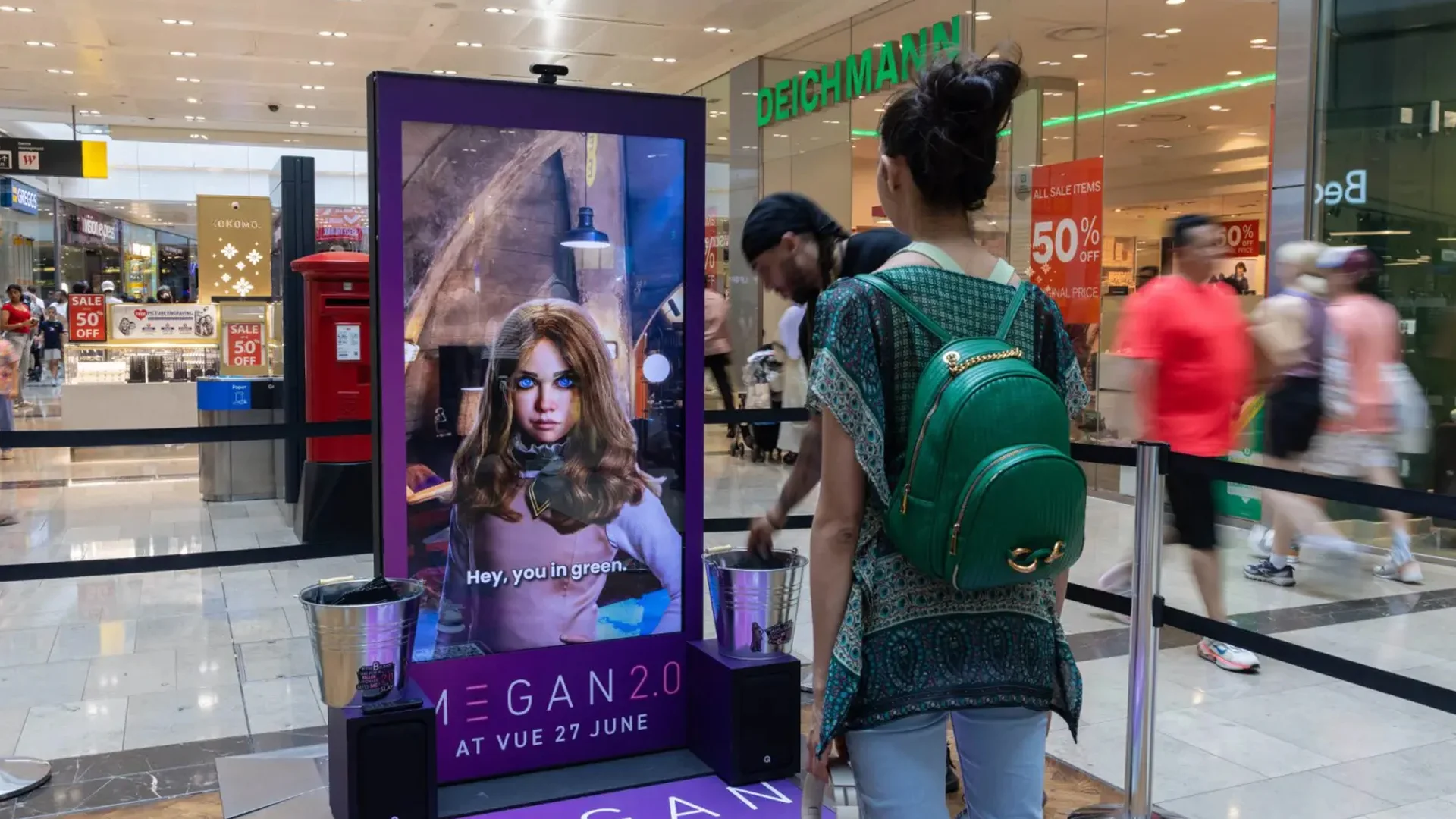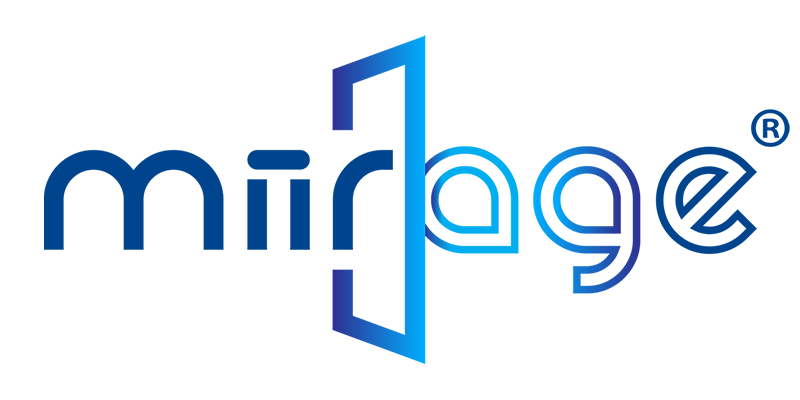Beyond Billboards: How AI Is Turning Out-of-Home Advertising Into Interactive Retail

For decades, out-of-home (OOH) advertising has been one of the most effective ways to reach consumers in high-footfall environments. Billboards, bus shelters, retail displays, and digital signage have all competed for attention. But the OOH industry is entering a new era, one defined not just by scale and visibility, but by intelligence, personalization, and interactivity.
At the center of this transformation is Artificial Intelligence. By combining AI tracking, detection, and conversational interaction with next-generation displays, OOH advertising is evolving from static storytelling into dynamic customer engagement.
From Broadcasting to Targeting
Traditional OOH advertising has always been a broadcast medium: one message, many viewers. AI changes that. With advanced tracking and detection, displays can analyze audience demographics, dwell time, and even sentiment in real time.
- A display can serve a different advert to a teenager than to a professional walking past minutes later.
- Campaigns can adapt dynamically to weather, time of day, or crowd behavior.
- Brands can measure engagement and conversion, turning OOH from a branding channel into a performance-driven medium.
For advertisers, this level of precision is revolutionary. It allows OOH to compete directly with digital platforms on targeting, accountability, and ROI.
Displays as Information Sources
The true power of AI in OOH goes beyond better targeting. Displays are being reimagined as interactive sources of information, destinations rather than just backdrops.
Imagine this journey:
- A passerby notices an AI-powered advert for a new pair of trainers.
- Intrigued, they approach the display and activate it with a gesture or voice command.
- The screen transforms into a 3D product showcase, allowing them to rotate, zoom, and explore features.
- An AI avatar appears, answering their questions: “What sizes are available? Where’s the nearest store? Can these be delivered to my home?”
- The customer decides to purchase on the spot. Payment is processed directly at the display, with the option to collect in-store or schedule delivery.
This is no longer science fiction. AI and advanced display technology are blurring the line between advertising and retail, creating a seamless pathway from impression to transaction.
Turning Viewers into Customers
The ability to move consumers from awareness to purchase in the same moment is a game-changer for OOH. Instead of being a one-way broadcast channel, displays become transactional touchpoints.
For brands, this means higher conversion rates and measurable sales.
For consumers, it delivers convenience and personalization.
For property owners and media networks, it transforms advertising real estate into retail media platforms with new revenue streams.
The Future of Out-of-Home
OOH advertising has always been about scale, presence, and impact. With the integration of AI, it now has the tools of personalization, interaction, and commerce.
In the coming years, OOH displays will:
- Detect and deliver relevant, targeted campaigns to the right audience at the right time.
- Act as interactive information hubs, where consumers can learn, explore, and ask questions.
- Become points of sale, closing the loop between brand exposure and purchase.
This is more than an upgrade. It is a redefinition of what out-of-home advertising can be: not just about catching attention, but about capturing imagination, answering questions, and closing the deal in one seamless, intelligent experience.
Image courtesy of PerformItLive
Activation by Universal Pictures and Ocean Outdoor
Further Reading
- NBCUniversal: Everything You Need to Know About M3GAN 2.0
- AI Transforms DOOH: From Billboards to Big Data (StackAdapt)
- Augmented Reality Out‑Of‑Home Advertising Examples (Rock Paper Reality)
- A 360° Guide to DOOH Advertising with Wow Examples (Oxagile)
- Why Out‑Of‑Home Advertising Continues to Succeed in the Age of AI (Forbes)
